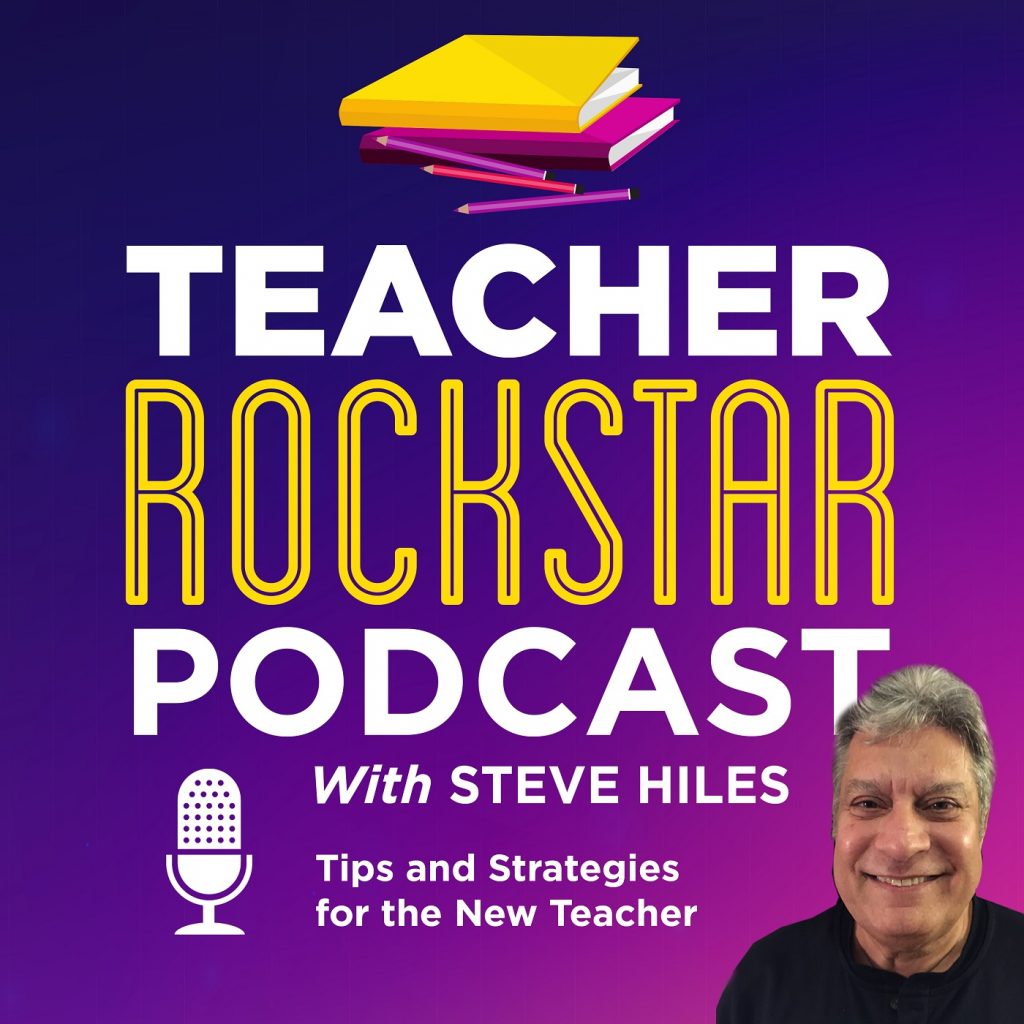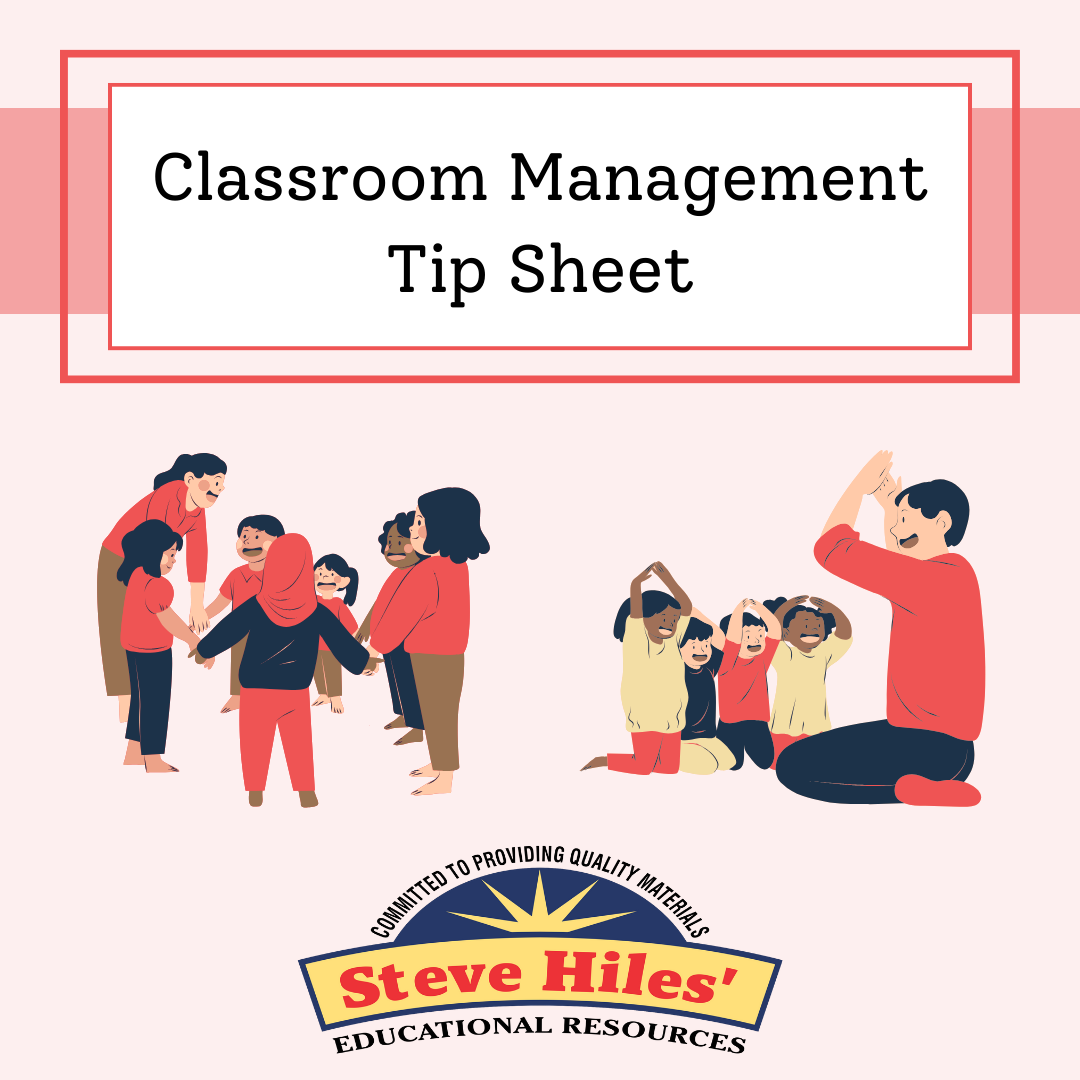Can I let you in on a little classroom secret? I once banned a rule that drove my students crazy—in a good way. They literally cheered when I got rid of it. For a hot second, I felt like the cool teacher. You know, the one who “gets it.” The classroom felt lighter, the mood was great… until it wasn’t.
Because what started as freedom turned into flat-out chaos. I want to walk you through that story—not to scare you, but to help you see why the rules we think are too strict might actually be the ones that save our sanity. By the end of this article, you’ll see how a rule your students hate might just be your classroom’s secret weapon.
I’m talking about a rule that students groan about—and teachers quietly question—but one that might be the cornerstone of a focused, respectful, and thriving learning environment.
Stick with me, because I’m going to tell you what happened when I scrapped it, why I brought it back, and how you can make a “hated” rule actually work—without feeling like the villain in your own classroom story.
Okay—pause for a second.
Before we get deep into this, I want you to imagine something: You’re teaching your heart out. You’ve got your whiteboard markers in one hand, and your best storytelling voice in full swing—and right in the middle of your big idea… talking. Side chatter. A pencil drops. Someone’s asking their neighbor about lunch.
Now, be honest—what do you usually do? Power through it? Wait for them to notice? Or… stop and reset?
This moment—right here—is where your classroom culture is built. Not in your lesson plan, not in the anchor charts—but in your response to those micro-moments.
Alright, back to the story.
Point One: The Rule That Ruffles Feathers
Let’s get straight to it—the rule I’m talking about is: No talking when the teacher is talking.
Simple, right? But man, students hate it. They roll their eyes, whisper to each other anyway, and let’s be real—some teachers even feel weird enforcing it. It feels strict. Old school. But here’s the thing: Clarity is kindness.
When I first removed that rule, I genuinely thought I was doing the right thing. I wanted to promote open dialogue and collaborative energy. So, I allowed students to chime in—even mid-sentence. The result? Constant interruptions. Directions had to be repeated. And according to a study by Classroom Management Strategies for Difficult Students, we lose up to 17% of instructional time due to excessive talking and interruptions. That’s almost a whole day every week.
Without boundaries around when to speak and when to listen, we lose the structure that makes learning work. This isn’t about being the boss—it’s about creating balance.
Point Two: The Power Behind the Policy
Here’s the truth: Enforcing “no talking while I’m talking” isn’t about ego—it’s about leadership.
Think of your role not as a dictator but as a guide. And when your voice gets lost, the whole learning journey gets derailed. I learned this the hard way. Once I brought the rule back, I reframed it. I told my students, “This is a respect rule, not a control rule.” I explained that just like they deserve to be heard, so do I. I introduced a simple signal—hand up, pause, and quiet.
Within a week? Total shift. Transitions were smoother. Kids felt safe knowing the expectations. And most importantly, everyone had a voice—but knew when to use it.
This wasn’t about control. It was about consistency. And it worked.
Point Three: How to Make It Work for You
Now let’s talk about how you can introduce this rule without sounding like a broken record.
First—your delivery is everything. Don’t present it as a punishment. Present it as a partnership. Say something like, “We learn best when we listen first and speak second.” Then model it. When students talk, acknowledge them. But gently bring them back to the shared norm.
Expect some pushback. Plan your responses in advance. Use visual cues, role-playing, or classroom examples like, “What happens when we all talk at once?” versus “What happens when we wait our turn?”
And here’s the best part—celebrate when it works. Say things like, “Because everyone followed the rule today, we had extra time for art!” Show them it’s not about silence—it’s about strategy.
Conclusion
So, here’s the big takeaway: The rule I once tossed out became the very rule that gave me peace of mind. “No talking while I’m talking” sounds harsh—but when you back it with empathy and clarity, it becomes a marker of mutual respect.
Adapt the idea to fit your voice, your rhythm, your classroom. Whether you use a bell, a hand signal, or just eye contact—the rule will only work as well as the relationships that support it. And when kids see it’s designed to help them, not just to control them, everything changes.
Want to take your classroom management skills to the next level?
Be sure to check out our Teacher RockStar Academy — a self-paced program designed to help educators create a positive and well-managed classroom from day one.
For additional expert-backed guidance, visit Edutopia’s Classroom Management Strategies page for practical tips and tools:
🔗 https://www.edutopia.org/topic/classroom-management









